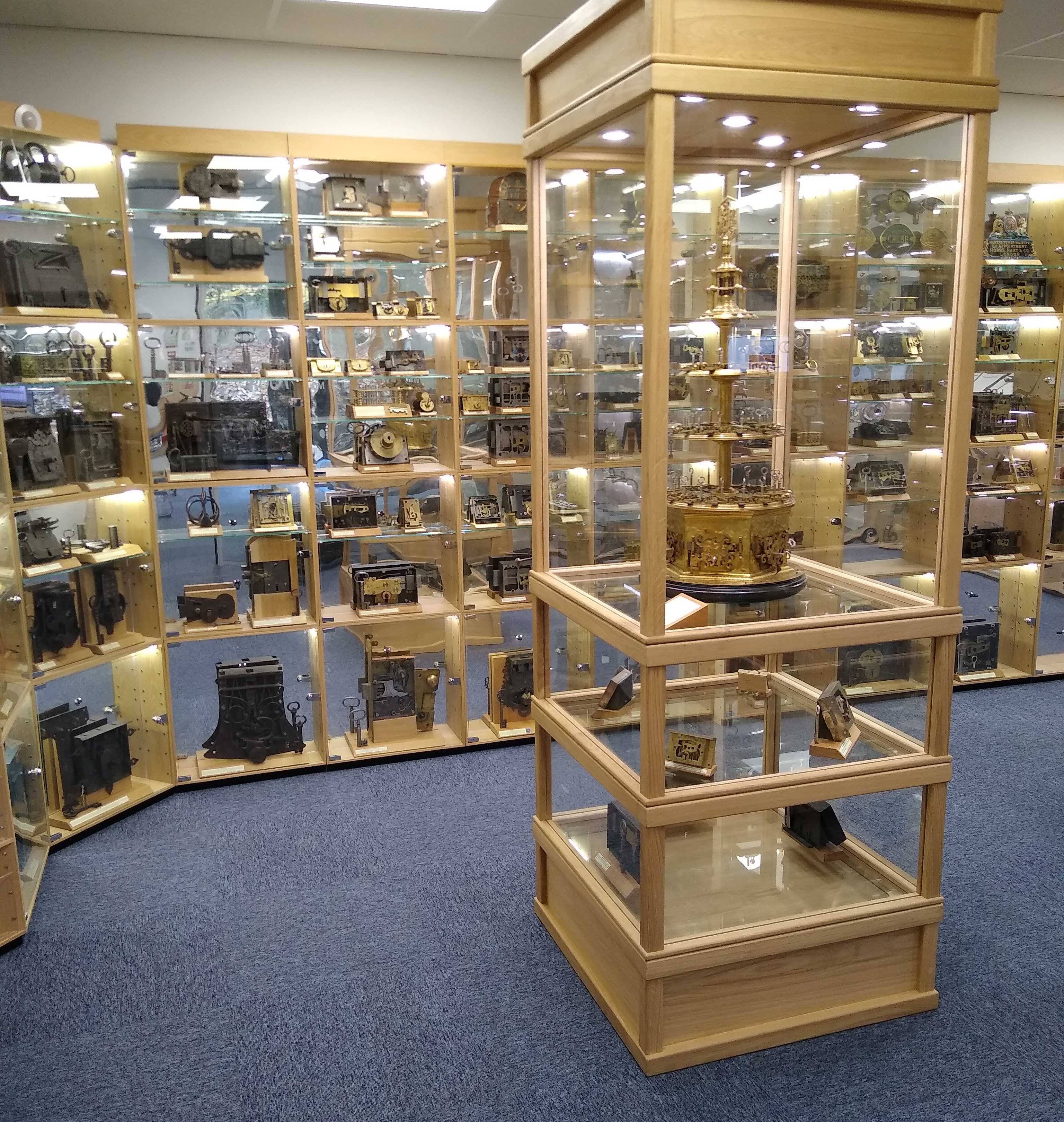Threaded View
-
10-10-15, 11:52 AM #24

You are correct about that. I should have said the "modern" manipulation method as it is generally described. No doubt Sargent, Yale, Hall and others involved in the making of the new fangled dial locks quickly realized that, like the English lever locks, slight machining differences could be identified and used to defeat the locks. A great deal of development in perfecting a dial operated lock was going on at this time. It is not always clear what methods were being used to attempt to manipulate the locks. There is much talk about holding the fence off the wheels. In the case of Sargent's Automatic, in the patent he states that it is the sound of the fence hitting the wheels that he is attempting to thwart. However, it should also be noted that the predecessor to the famous S&G 6730 was patented in 1866 by Sargent and Henry Covert, the same year Sargent patented his second Magnetic and it utilizes neither of the anti-manipulation features of the Magnetic nor the Automatic. It does introduce the combined fence/lever with the lever nose riding on the drive cam, which effectively holds the fence off the wheels through most of its travel. I remember spending the better part of a day trying to dial one of these early versions open. We eventually X-rayed it. It is hard to determine for sure, but it appears that there was a long period in this country where safe lock manipulation was ignored. And probably because so much attention had been put into the better locks of the 1860's and 70's, that resulted in an attitude of "why bother". Again, because of the secrecy, it is hard to say. It's seems that by Courtneys time, it was not at all a commonly used or known skill in the trade as it is today.
Thread Information
Users Browsing this Thread
There are currently 1 users browsing this thread. (0 members and 1 guests)






 Reply With Quote
Reply With Quote








The original locks were probably from something like Tann or Ratner bookroom doors
Tann ten Lever Locks 6.5 gauge